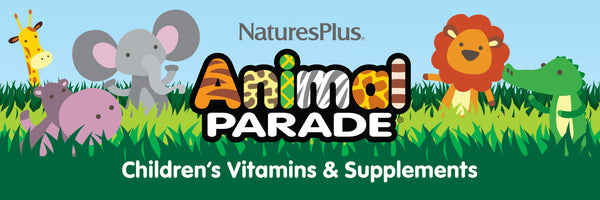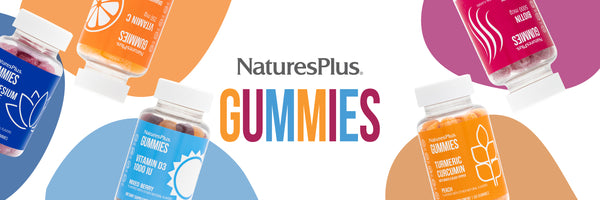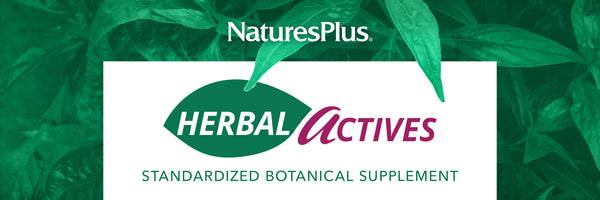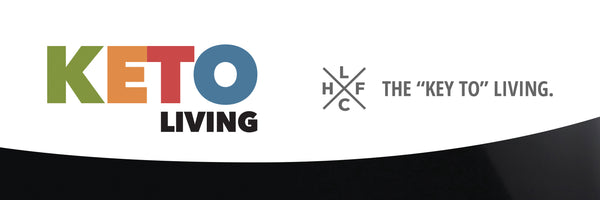“Art is a wound turned into light,” wrote painter Georges Braque, expressing the potential of art to transform pain. Even people who are not artists can benefit from its healing qualities by creatively expressing feelings under the guidance of an art therapist or even meditative coloring.
In an art therapy session, the client makes the art with the guidance of a therapist. Meditative coloring is an increasingly popular activity, and can be easily done in the comfort of one’s own home.
Meditative coloring is an increasingly popular activity, and can be easily done in the comfort of one’s own home.
Art therapy is especially useful for children and developmentally disabled or mentally ill people who are unable to articulate their feelings. “Children learn through their senses first,” says Diane Quiroga, an art therapist in Springfield, New Jersey. “Touch, smell, movement, the pressure of line on paper – it all helps to express feelings when they can’t do it verbally.”
In their book Art as Therapy (Phaidon), Alain de Botton and John Armstrong describe art (including works of design, architecture and craft) as a therapeutic medium that can help “guide, exhort and console its viewers, enabling them to become better versions of themselves.”
“Art edits down complexity and helps us to focus, albeit briefly, on the most meaningful aspects,” they write, assessing artist John Constable’s cloud studies. “Constable didn’t expect us to become deeply concerned with meteorology. The precise nature of a cumulonimbus is not the issue. Rather, he wished to intensify the emotional meaning of the soundless drama that unfolds daily above our heads, making it more readily available to us and encouraging us to afford it the central position it deserves.”
Quiroga, a New Jersey-based therapist, lets her clients choose their own media – from crayons to clay to puppets – and offers a suggestion, such as “Draw your family doing something.” She then looks at a series of pictures for patterns. A split in the drawing may indicate bipolar disorder, for instance, while depression is often represented by faint lines or use of only a small area of the paper.
She receives many referrals for anxiety, especially when they concern divorce or, as in the case of autistic children, when situations are related to social interactions. Sometimes she encourages the client to create a simple puppet and use it to tell a story. “I’ll ask, ‘How would the character feel about that? How can you help them?’” says Quiroga. “Kids are so resilient and smart. This process can help them gain skills they can apply to themselves.”
Emily MacArthur uses art therapy to help elders at Norwood Crossing, a long-term care facility in Chicago. “Art brings out strengths people still have – their creativity and wisdom and problem-solving skills,” said MacArthur. “It’s meditative to sit quietly and paint together. The client produces a tangible product to look at and be proud of.”
“Art brings out strengths people still have – their creativity and wisdom and problem-solving skills”
If the person has a hard time adapting to life in the home, MacArthur may ask them to create a self-portrait. “We’ll focus on the question of ‘how you see yourself in your life at this moment.’ With the drawing in front of them, they’ll take more time to think about it than if I just ask the question. Sometimes we’ll talk about how they felt while painting and how they felt afterwards. The painting becomes a tangible, active listening tool, in which I see as well as hear what they’re saying.”
Although meditative coloring isn’t traditionally thought of as an art therapy tactic, many therapists are adding it to their practice because there are many healing benefits. And, it’s convenient for anyone to pick up, with or without a therapist, which is one of the reasons it’s recently become so popular.
Coloring enables our brains to focus, phasing out all other thoughts and keying in on the moment. Coloring is also known to have a calming effect. The repetition of patterns in meditative coloring books, as well as the attention to detail and focus/precision involved can often be very soothing. Soothing, calming activities like coloring are great tools for stress relief and diminishing anxiety.
Like this article? You’ll love our weekly newsletter
sign up here!
**These statements have not been evaluated by the Food and Drug Administration. This product is not intended to diagnose, treat, cure or prevent any disease.













































































